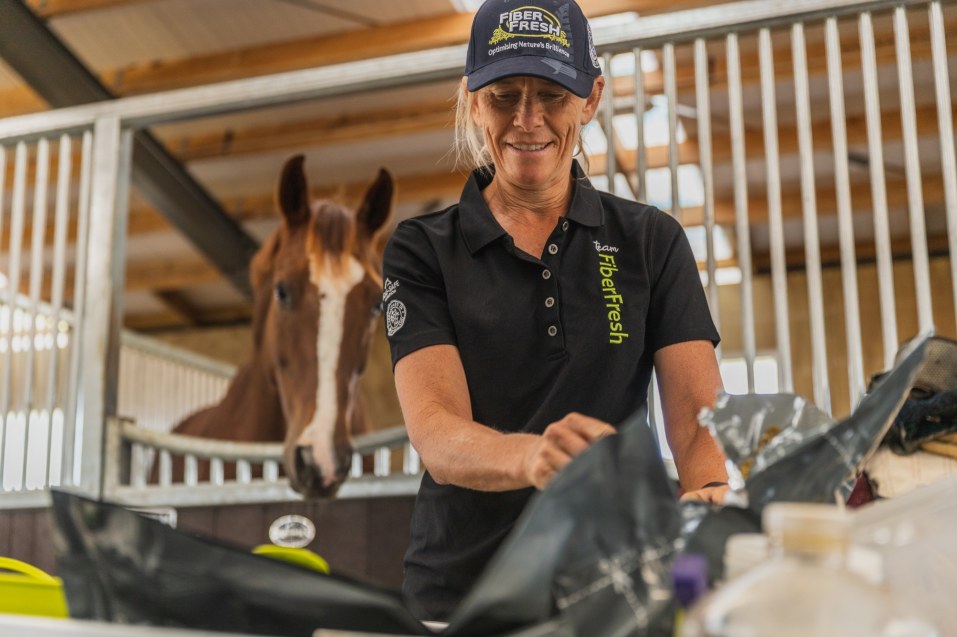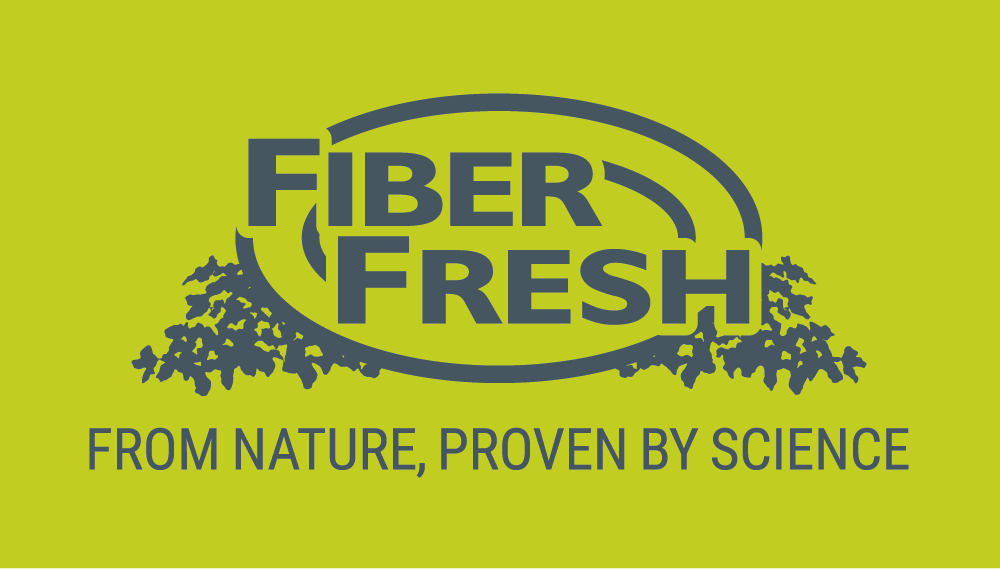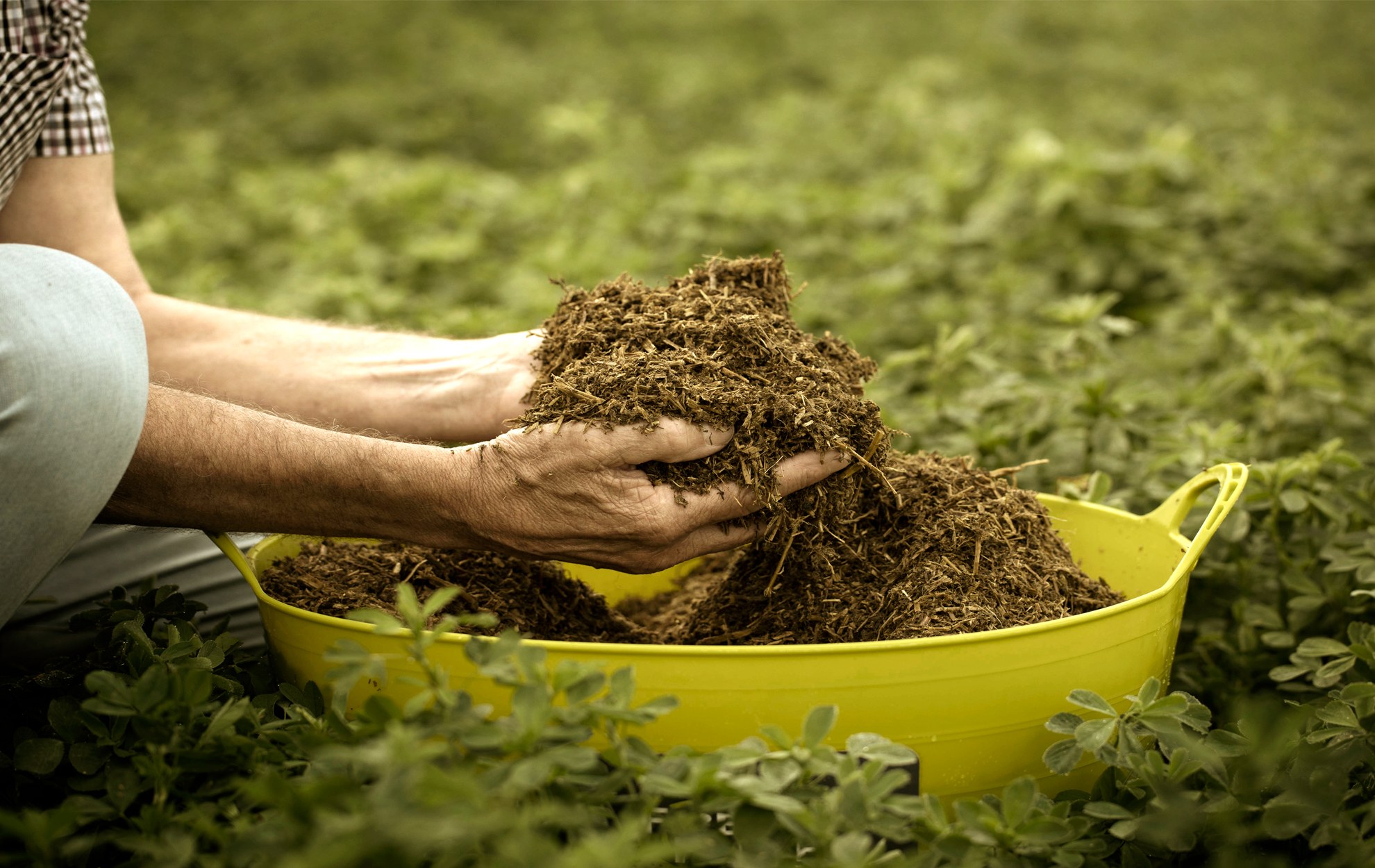
When preparing a diet for your horse, take care not to overlook the crucial aspects for achieving optimal health and performance. One of the keys to success often touted is the KIS (Keep It Simple) rule. Feeding horses for success is simple, if some basic principles are maintained. These include:
Feed by weight, not volume
Weigh the contents of your favourite scoop for each type of feed, so you know how much that scoop delivers for each horse’s ration. Repeat the process every time you change feed types and create accurate feeding records for each horse.Feed forage first
This principle can be split into two parts. Firstly, maximise the amount of energy your horse obtains from forage by feeding highly digestible and high nutritional forage fibre and only give grain, concentrates or hard feed if forage cannot meet energy requirements due to training. Many sport horses can train and perform on high nutritional forage fibre alone, especially Warmblood or NZ Stationbred ‘easy-keeper’ types. It is well established that horses must receive a minimum of 50% of their daily feed (DM) requirements from forage (NRC, USA), otherwise the critical intake of fibre essential for gut function and health will not be met.Secondly, if you have to feed concentrates, feed them with a quality high nutritional forage fibre such as Fibre Fresh and in a 2:1 ratio (by weight – feed twice the amount of Fiber Fresh as you do concentrates in the feed bowl). International research conducted in the USA & UK has shown that feeding horses forage before and/or mixed with grain will slow the intake rate and digestion of the grain to increase total digestion and help prevent digestive upsets.
Feed little and often
Feed hard feed as small and frequent meals, and mix with Fiber Fresh in a 2:1 ratio. Also, to avoid metabolic problems and/or digestive dysfunction, it is recommended to keep the content of starch in each meal below 1.1g per kg of body weight. If an average concentrate feed contains 30-40% starch, for a 500kg horse this equates to meals of no more than 1.5kg of concentrate mixed with 3kg of high nutritional fibre.Horses that gobble their hard feed, leading to risk of choking and digestive problems, slow down if fed 2:1 in the feed bowl.
Feeding moist is best
Horses are designed to graze fresh pasture, which is moist (75-90% water) due to the juicy cell contents of plants encapsulating soluble, highly digestible nutrients such as carbohydrates and protein. Water trapped in moist forage fibre provides a slow-release water supply for the horse – hydration from the inside. Preventing dehydration is particularly important for horses during travel, away from home and for training or events involving sustained exercise, such endurance or eventing. In these situations your horse can’t graze much, if at all, and may not drink well. You can soak hay or wet hard feeds, as much as your horse will tolerate, but you will lose many of the soluble nutrients. However, research has demonstrated that simply replacing dried chaff in the feed bowl with a Fiber Fresh product will supply horses with up to 8% more slow release water per day. Fiber Fresh feeds will also assist in prevention and control of respiratory disease.The 2:1 principle gets you well on the way to best feeding practice for any horse. For those horses in training needing extra energy, the 2:1 recommendation will help you get it right. Remember, it is by weight – 2 of Fiber Fresh feeds to 1 of concentrate is basic common sense to let your horse get the most out of its feed, stay healthy and hydrated.
But if we dig deeper, the 2:1 principle has other big benefits, particularly in the case of lucerne. Lucerne is a popular horse forage for good reason, being high in calcium, yet grains are very high in phosphorous, so by feeding the correct portion of Fiber Fresh, which are lucerne-based forage fibres, you will be balancing the vital calcium – phosphorous ratio.
Another major benefit of feeding 2:1 in the feed bowl is using forage to naturally neutralise the acidity of grains and concentrates. Horses are not designed for acid grain-based feed, which is one of the reasons why these feeds contribute to ulcers, hindgut acidity and acid-related metabolic problems such as tying up. Forage is alkaline and together with sodium bicarbonate in saliva produced during chewing of forage, stomach acids and volatile fatty acids produced in the hindgut are buffered. Fiber Fresh feeds incorporating lucerne are alkaline forages, making them a perfect partner with concentrates in the feed bowl at 2:1.
For picky or fussy eaters, moist Fiber Fresh products can increase palatability of what is in the feed bowl at 2:1. Research has shown that mixing FiberProtect® with concentrates in the feed bowl of racehorses increased total daily intakes of the concentrate, despite horses receiving more in the feed bowl at each meal.
By Dr Simone Hoskin PhD (Animal Nutrition)

